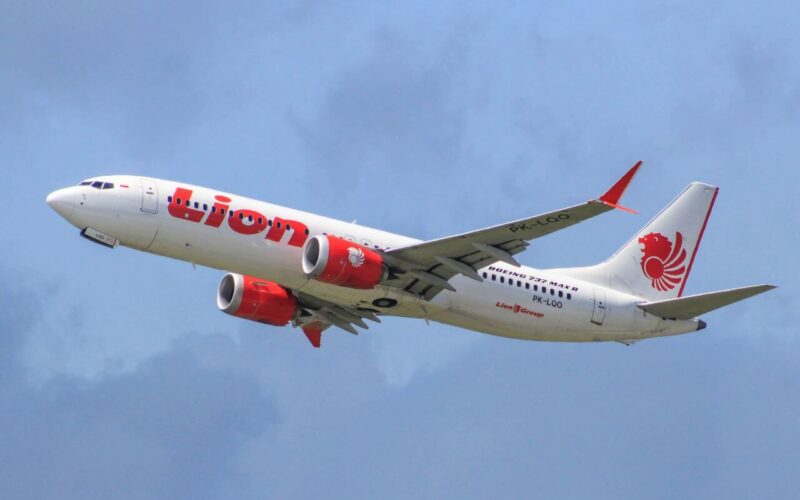Mechanical and design flaws of the Boeing 737 MAX and lack of information on how to deal with malfunctions of the jet flight-control system by pilots contributed to the crash of the Lion Air Flight JT610 in October 2018, Indonesian investigators have told victims’ families, ahead of the release of the final report into the crash that killed 189 people and foreshadowed the MAX crisis.
In a briefing on October 23, 2019, Indonesia’s National Transportation Safety Committee (KNKT) revealed to the families of victims the main contributing factors to the Lion Air crash, flagging problems associated with the Boeing 737 MAX new flight-control system.
In the presentation, investigators stated that the certification of the MAX was based on incorrect assumptions on how the jet’s Maneuvering Characteristics Augmentation System (MCAS) functioned, specifically, its over-reliance on a single – angle-of-attack (AoA) – sensor, which made it vulnerable to malfunctions, Bloomberg reports. The AoA sensor on the crashed plane had been miscalibrated during an earlier repair, investigators noted.
Contributing to the fatal accident was a lack of documentation on how the aircraft systems would behave in a crash scenario, including the activation of a “stick shaker” (a device which vibrates the captain’s controls, warning of a dangerous loss of lift), or how the pilots would react to the failure of the MCAS.
Other contributing factors include “deficiencies” in the flight crew’s communication and manual control of the aircraft, which had been “identified during training,” as well as alerts and distractions in the cockpit, according to Reuters.
The U.S. National Transportation Safety Board (NTSB), based on observations made into both Lion Air and Ethiopian Airlines crashes, has also criticized the certification of the 737 MAX by Boeing and the U.S. Federal Aviation Administration (FAA) for misjudging the reaction of pilots in the case of MCAS malfunction.
“We saw in these two accidents that the crews did not react in the ways Boeing and the FAA assumed they would,” said NTSB Chairman Robert Sumwalt in a safety report released by the investigative agency on September 26, 2019.
In the original design of the flight system of the aircraft, Boeing believed the pilots could disable the MCAS immediately if the system malfunctioned, but the two 737 MAX crashes proved otherwise. “Those assumptions were used in the design of the airplane and we have found a gap between the assumptions used to certify the MAX and the real-world experiences of these crews, where pilots were faced with multiple alarms and alerts at the same time,” Sumwalt explains.
On October 29, 2018, Lion Air Boeing 737 MAX 8, operating Flight JT610, lost contact with air traffic control 13 minutes after take-off from Jakarta (CGK). The jet crashed into the Java Sea, killing all 181 passengers and eight crew members on board. KNKT released a preliminary report into the deadly accident the following month, November 2018. At the time, the findings of the report were based on data retrieved from the flight data recorder (DFRD), drawing attention to the MCAS for the first time. The final report into the crash is to be released on October 25, 2019.
Boeing has not yet released an official statement.

